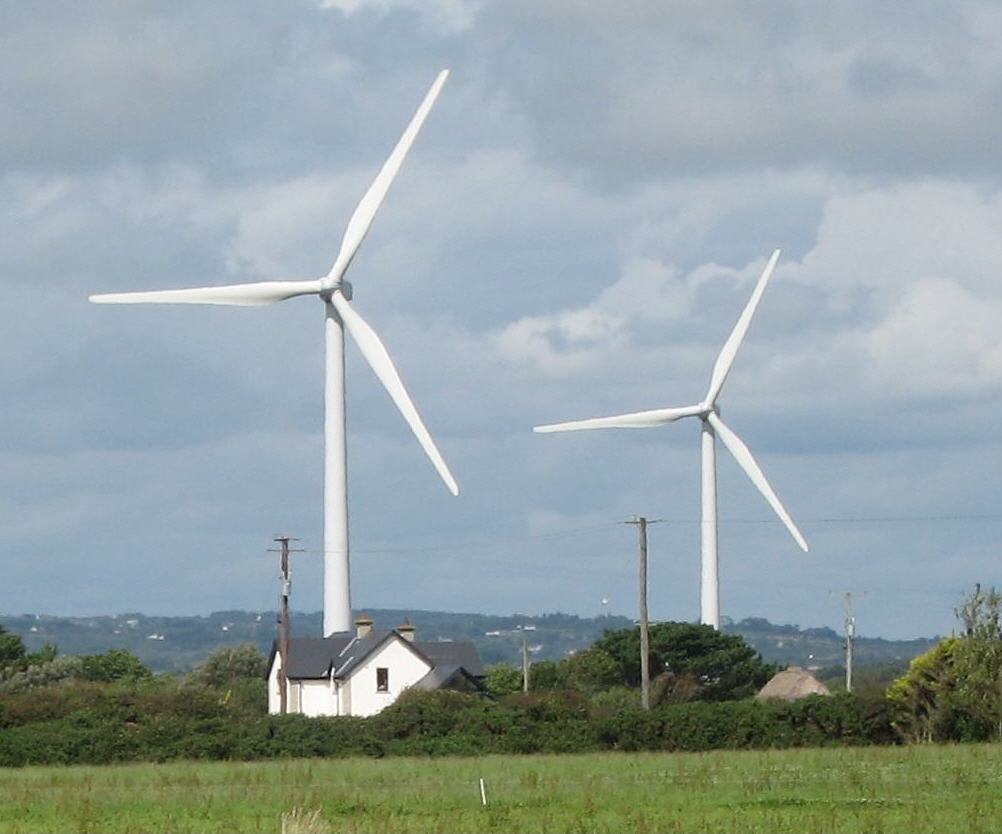The UK has more than its fair share of windy weather, it seems. Yet, how much do we know about the wind and why it has been harnessed by wind farms across the UK? Here are five facts about the wind and wind farms to blow your mind.

- Wind is basically air in motion, produced by the uneven heating of the earth’s surface. Warmer air weighs less than cold air, so it rises. Cooler air rushes in to replace the warm air, which is what causes the wind to blow. Wind strength is measured on the Beaufort Scale. Zero indicates a very slow wind travelling at less than one knot, while 12 denotes a powerful hurricane that can cause widespread damage and destruction in minutes.
- Marine navigators and other sailors must have a good knowledge of the wind. Most ships have sophisticated engines and navigational equipment nowadays, but vessels are still affected by the wind and the movements of the tide. Ship crews must mitigate against strong winds trying to blow the vessel off-course, as well as harness beneficial air flows that help move the ship along
- Port Martin in Antarctica is the windiest place on the planet. Here, gale force eight winds blow for more than 100 days per year. The fastest wind on earth has been recorded in a tornado tunnel, moving at a speed of 300mph. There is no doubting the strength of the wind, which is why is has become a serious contender in recent years for an ongoing, sustainable energy source.
- Wind power is one of the world’s fastest growing forms of alternative energy. Wind farms are on the increase, growing in number by around 25% every year. Yet they still only make up a very small fraction of overall global energy production. The advantages of wind power are plain to see. After all, wind is free, clean and limitless in supply. Yet concerns are still raised over this method of energy production, largely centring on the appearance of and noise generated by wind turbines and their potential affect on wildlife.
- Humans have been using the wind to harness power for thousands of years. Wind was used to move boats across the water since 5,000BC, while the first windmills were reportedly used to pump water in China around 200BC. If the growth of modern-day wind farms continues at the same rate as it is currently experiencing, one-third of the world’s energy needs could be sourced by wind power by 2050.

